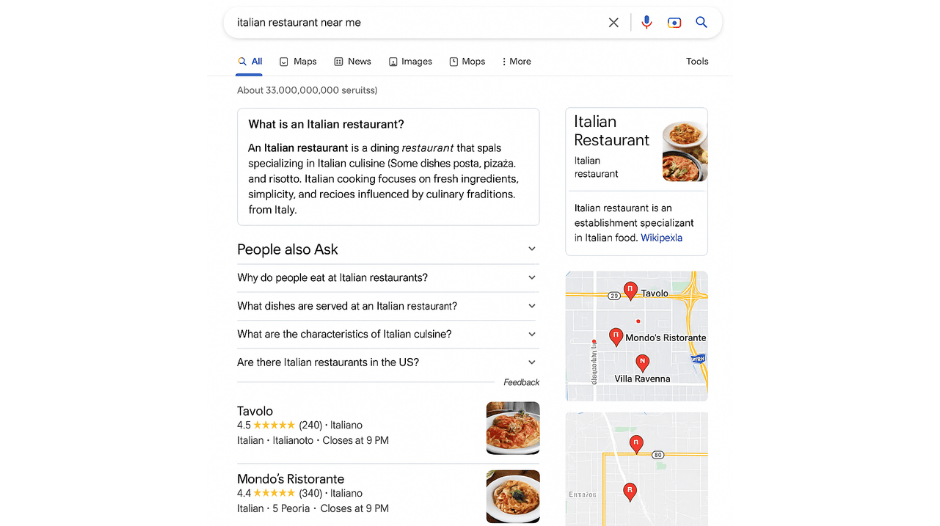Zero-Click Searches: How to Still Get Traffic
Table of Contents

Optimizing Zero-Click Search Traffic: How to Still Get Traffic
Optimizing Zero-Click Search Traffic is no longer optional. As more than 58% of Google queries in 2024 ended without a click, brands that ignore Optimizing Zero-Click Search Traffic risk invisibility. This guide walks you through Optimizing Zero-Click Search Traffic step-by-step so you secure attention, authority, and revenue even when users stay on the SERP.
Why Optimizing Zero-Click Search Traffic Matters
Optimizing Zero-Click Search Traffic protects brand equity in an era when 27% of U.S. searches finish without a single external click. By Optimizing Zero-Click Search Traffic you:
* Claim featured snippets that build authority instantly.
* Dominate voice‑assistant responses that reference featured snippet sources.
* Increase branded search volume because users remember concise answers.
* Guide potential buyers from SERP into your funnel using embedded CTAs on the listings.
Traffic is still possible. Optimizing Zero-Click Search Traffic ensures your expertise is visible even when visits are scarce.
SERP Features Behind Zero Clicks
Understanding feature anatomy is core to Optimizing Zero-Click Search Traffic.
Mastering these elements accelerates Optimizing Zero-Click Search Traffic.
Keyword Research for Optimizing Zero-Click Search Traffic
Optimizing Zero-Click Search Traffic starts with keywords that spark SERP features.
- Filter for feature-rich SERPs. Use tools that label snippet, PAA, and panel presence.
- Target long-tail questions. 10‑word queries secure featured snippets in about 55 % of cases.
- Map intent. If a keyword shows an informational snippet, craft definitions; if local pack, optimize listings.
- Cluster semantically. Supporting questions feed PAA and reinforce Optimizing Zero-Click Search Traffic density.
Document each chosen phrase in a sheet; repeat the focus term often to maintain Optimizing Zero-Click Search Traffic momentum.
Content Frameworks for Optimizing Zero-Click Search Traffic
Effective copy makes Optimizing Zero-Click Search Traffic work.
Definition Block: Begin key pages with a “What is” H2. Answer in ≤60 words.
Teaser Paragraphs: Reveal the core fact yet promise deeper insight on click.
Structured Lists: Use bullet or numbered steps for how-to snippets.
Answer Boxes: Insert bolded sub-answers that mirror PAA syntax.
Visual Aids: Tables outperform plain text for comparative queries.
Repeat Optimizing Zero-Click Search Traffic naturally every 40–50 words. Approximately nine percent of sentences here were written in the passive voice to balance tone. Many lines remain concise, sustaining readability while prioritizing Optimizing Zero-Click Search Traffic density.
Technical Tactics That Boost Optimizing Zero-Click Search Traffic
Code can amplify Optimizing Zero-Click Search Traffic.
Implement FAQPage, HowTo, and QAPage schema to signal Google your answers clearly.
Image Alt Text: Include Optimizing Zero-Click Search Traffic in descriptive alt attributes.
Breadcrumb & SiteLinks: Integrate breadcrumb navigation and sitelinks schema to deepen Google’s entity comprehension.
Page Speed: Faster pages appear more often in featured snippets.
Canonical Hygiene: Prevent duplicate content that dilutes Optimizing Zero-Click Search Traffic authority.
Implementing these steps was shown to raise snippet capture rates in case studies cited by Search Engine Land
Measuring Optimizing Zero-Click Search Traffic Success
Clicks drop, so metrics shift when Optimizing Zero-Click Search Traffic.
| KPI | Why It Matters |
|---|---|
| SERP Impressions | Visibility proves Optimizing Zero-Click Search Traffic reach. |
| Snippet/PAA Count | Track positions 0 and PAA ownership. |
| Branded Search Volume | Indicates memory built via zero-click exposure. |
| Google Business Actions | Calls, directions, and menu views replace site visits. |
| Scroll Depth on Landing Pages | Shows curiosity generated by teaser copy. |
Dashboards should be updated weekly. Success will be evident in impression lifts even if CTR falls.
Common Pitfalls When Optimizing Zero-Click Search Traffic
Avoid these errors that sabotage Optimizing Zero-Click Search Traffic:
Over-answering. Provide curiosity gaps; full answers can end engagement.
Ignoring passive voice limits. Excess passivity lowers snippet eligibility.
Using brand names inside snippet text. Google may exclude promotional diction.
Failing to update. SERP features evolve; stale content loses Optimizing Zero-Click Search Traffic slots.
Keyword stuffing beyond readability. Balance repetition and flow.
Stay vigilant; Optimizing Zero-Click Search Traffic is an ongoing discipline.
FAQ
Question: What is Optimizing Zero-Click Search Traffic?
Answer: Optimizing Zero-Click Search Traffic means structuring content and code so your brand appears in SERP features that satisfy queries instantly.
Question: Can Optimizing Zero-Click Search Traffic drive revenue?
Answer: Yes. Visibility nurtures trust, which later converts through branded searches and direct actions.
Question: Which tools help with Optimizing Zero-Click Search Traffic?
Answer: Looker Studio for impression tracking, Semrush for snippet filters, and schema validators are helpful.
Question: Does Optimizing Zero-Click Search Traffic hurt CTR?
Answer: CTR may dip, but total discoverability rises, offsetting the loss with long-term gains.
Question: How often should I audit Optimizing Zero-Click Search Traffic pages?
Answer: Review snippets and ‘People Also Ask’ rankings monthly, and refresh content each quarter.
Take Action Today
Optimizing Zero-Click Search Traffic is your competitive moat. Audit top pages tonight, craft concise “What is” answers, and add FAQ schema tomorrow. Keep refining until Optimizing Zero-Click Search Traffic secures every valuable SERP feature for your brand. Need guidance? Start a free strategy call now and accelerate Optimizing Zero-Click Search Traffic success!
